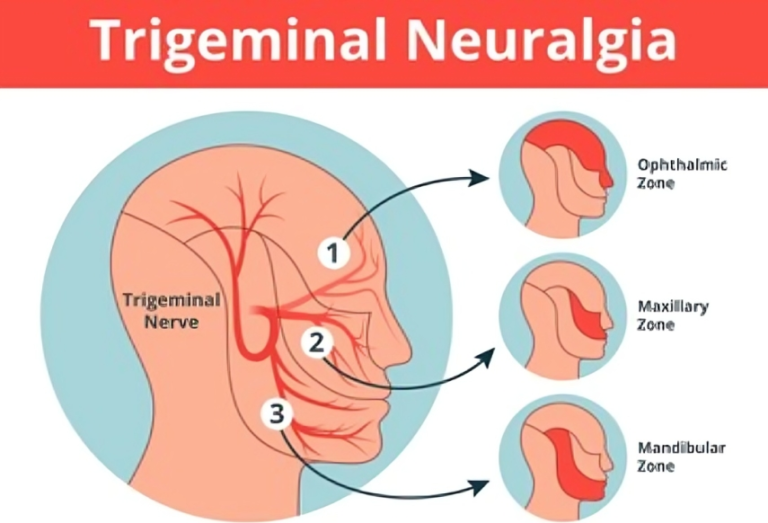Research And Innovations In Fibromyalgia Treatment
Fibromyalgia, a chronic disorder characterized by widespread musculoskeletal pain, fatigue, and sleep disturbances, has long posed challenges for patients and healthcare providers alike. While the exact cause of fibromyalgia remains elusive, advancements in research have shed light on potential treatments and management strategies. In this article, we delve into the latest research and innovations in fibromyalgia treatment, offering hope for improved outcomes and quality of life for those affected by this condition.
To know More About It Please Click Here
Understanding Fibromyalgia
Before delving into recent advancements, it’s crucial to understand the complexity of fibromyalgia. Traditionally considered a disorder of pain processing, fibromyalgia involves alterations in the central nervous system, leading to heightened pain sensitivity and amplified responses to stimuli. Beyond pain, fibromyalgia often coexists with other symptoms such as fatigue, cognitive difficulties (often referred to as “fibro fog”), sleep disturbances, and mood disorders like depression and anxiety.
Recent Research Highlights
- Targeted Pharmacotherapy: Researchers are exploring new drug therapies targeting various pathways involved in pain processing and neurotransmitter regulation. Drugs such as serotonin and norepinephrine reuptake inhibitors (SNRIs) have shown efficacy in managing fibromyalgia symptoms by modulating neurotransmitter levels in the brain. Additionally, medications targeting specific pain receptors, such as certain types of opioids and NMDA receptor antagonists, are being investigated for their potential in fibromyalgia management.
- Neurostimulation Techniques: Innovative approaches like spinal cord stimulation (SCS) and transcranial magnetic stimulation (TMS) are being studied as potential treatments for fibromyalgia. These techniques involve the use of electrical or magnetic impulses to modulate neural activity, offering promising results in reducing pain and improving function in some patients.
- Mind-Body Therapies: Mindfulness-based interventions, cognitive-behavioral therapy (CBT), and other forms of psychotherapy have gained attention as complementary approaches to fibromyalgia treatment. These therapies aim to address the psychological and emotional aspects of the condition, helping patients develop coping strategies, manage stress, and improve overall well-being.
- Precision Medicine: Advancements in genomics and biomarker research are paving the way for personalized treatment approaches in fibromyalgia. By identifying genetic factors and molecular signatures associated with the condition, researchers hope to tailor therapies to individual patients, optimizing efficacy and minimizing side effects.
- Nutritional Interventions: Emerging evidence suggests that diet and nutrition may play a role in fibromyalgia management. Studies investigating the effects of specific dietary patterns, supplements (such as vitamin D and magnesium), and gut microbiota modulation on fibromyalgia symptoms are ongoing, offering potential avenues for dietary interventions.
Innovative Approaches in Clinical Practice
Beyond the realm of research, healthcare providers are integrating innovative approaches into clinical practice to better support patients with fibromyalgia. Multidisciplinary care teams comprising rheumatologists, pain specialists, psychologists, physical therapists, and other healthcare professionals collaborate to provide comprehensive, patient-centered care. Telemedicine and digital health technologies also facilitate remote monitoring, education, and support, enhancing accessibility to care for individuals with fibromyalgia, particularly those in underserved communities or with limited mobility.
Challenges and Future Directions
Despite these advancements, challenges persist in the management of Fibromyalgia Treatment. Limited access to specialized care, variability in treatment responses among patients, and the subjective nature of fibromyalgia symptoms pose ongoing obstacles. Future research endeavors aim to address these challenges by further elucidating the underlying mechanisms of fibromyalgia, refining treatment algorithms, and exploring novel therapeutic targets.
Conclusion
The landscape of fibromyalgia treatment is evolving, fueled by ongoing research and innovative approaches. While there is no one-size-fits-all solution, the progress made in understanding the condition and developing effective interventions offers hope for improved outcomes and quality of life for individuals living with fibromyalgia. By continuing to invest in research, fostering interdisciplinary collaboration, and embracing patient-centered care, we can strive towards better management and support for those affected by this complex disorder.
Also, Follow us on Instagram







